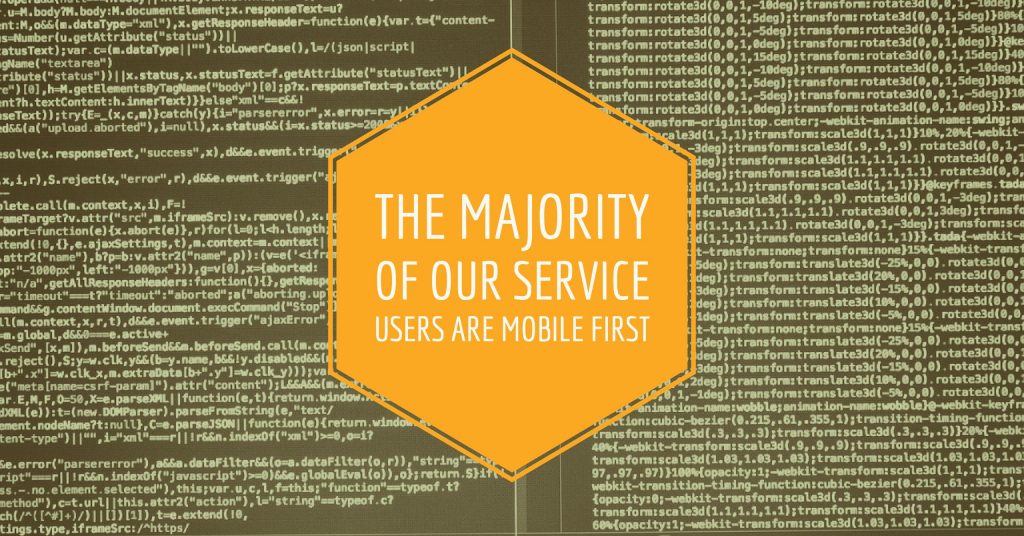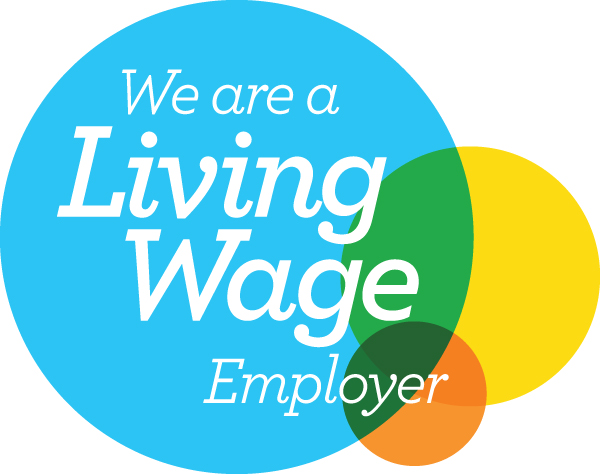by Sam Easterbrook | 28th Aug 2017
The web has been mobile first for a while now. Yet in the third sector, websites often aren’t set up for mobile browsing. That’s where Facebook Instant Articles and Google AMP can help.
AMP and Facebook’s Instant Articles were both created to load content much quicker on people’s phones compared to your standard webpage.

In the third sector, we can be a little guilty of taking a desktop-only approach to websites. However the majority of our clients and service users are mobile first. Why? Because everyone is, since mobile browsing overtook desktop traffic in late 2016. And the digital divide is nowhere near as pronounced and widespread as you might think. During our group sessions and research for FamilyPoint, we found extensive smartphone usage amongst every sector of society. More than 76 per cent of people use a smartphone. And 58% of adults in Wales use the internet through a mobile phone.
Yet as we sit in our offices in front of our computers are we thinking enough about how our service users will be accessing our information?
Why you should give Instant Articles and AMP a go
According to Kissmetrics, “47 percent of consumers expect a web page to load in two seconds or less.” The average website takes 5 to 6 seconds to load. And every second that your page takes to load, the greater the number of people who hit back and don’t view your content. Instant Articles and AMP dramatically reduces load times. And both platforms offer clean and lean layouts explicitly designed for mobile.

The upshot is greater engagement and reach. Google prioritises and promotes content on AMP within its searches over that of standard mobile web pages. Facebook also claims that Instant Articles are shared 30% more than standard mobile web pages on its platform.
Why you should not give Instant Articles and AMP a go?
Are visitor numbers important to you? Does your RBA focus on them? Then you might want to give Instant Articles and AMP a miss. This is because the actual content isn’t hosted on your website, but on Facebook and Google. Sure, this is what makes them load super quick, but it means they keep the traffic. If you need people to visit your site, then you might want to focus on SEO and streamlining your mobile website instead. However if your focus is getting your information out there and to where your audience is then that’s a different story.

Another thing to factor in is capacity. We’re all stretched in the third sector, and utilising these platforms adds an extra task to the whole editorial process. Do the benefits of more engagement outweigh the extra resources it will take to do?
Your analytics will also take a hit if you use AMP. Compared to the rabbit hole of data you can access through Google Analytics, you can only access limited metrics when using AMP. And both platforms suffer from generic looking, unbranded pages. This may go hand in hand with streamlining web pages for quick load time, however it’s harder to leave a distinct impression that this content is your content on these platforms.
There is also some criticism of AMP when it comes to web freedom. Rather than using HTML, these platforms are built on custom code and the content is on their sites not yours. Some worry that we cede too much control to these already powerful companies.
If you’re still keen, which one should you choose?
Facebook recently announced that they’re going to make its Instant Articles compatible with AMP. This should ease capacity issues and makes it a more attractive option, as you can compose with Instant Articles layouts and easily copy over to other platforms if required. Also recent tests suggest that Instant Articles loads quicker than AMP.
So Instant Articles seems the obvious choice. Except that Instant Articles are not searchable through web search or other third party sites or apps. Just Facebook. If your audience is there and your acquisition is mainly through social then go for it. If most of your acquisition is through search rather than social, is it worth dedicating resources to Facebook’s in-app only platform? AMP might serve you better.
Everything starts with a conversation.
There are clearly pros and cons to using Instant Articles and AMP and you have to analyse your needs and your service users’ needs.

ProMo-Cymru works towards building positive change and lasting relationships between individuals, families and communities. Providing innovative and creative solutions through meaningful conversations and digital technology. If you’d like to discuss how our TEC Model can help your organisation then get in touch.
029 2046 2222
info@promo.cymru
@ProMoCymru
https://www.promo.cymru/services/transforming-your-communication/
Cover photo credit: instantarticles.fb.com














